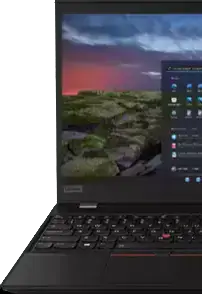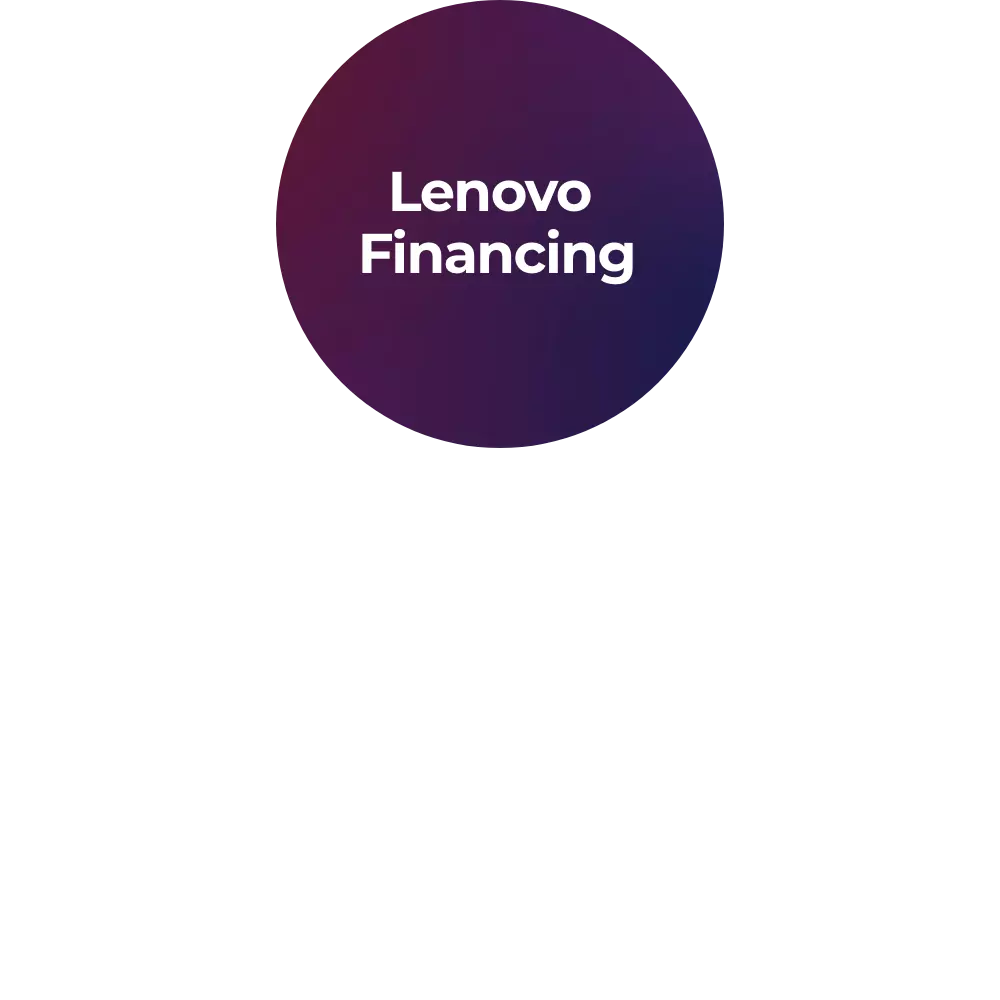What is RAD?
Rapid Application Development (RAD) is a software development approach that focuses on rapid prototyping, iterative delivery, and stakeholder collaboration over extensive upfront planning. This methodology emphasizes speed and flexibility by using modular components and feedback loops to refine functionality quickly. With RAD, working versions of software are produced early and often, making it ideal for UI-centric projects or environments with shifting requirements.
What does the RAD methodology involve?
RAD includes flexible steps: requirements planning, user design/prototyping, construction, and cutover, often iterated multiple times. Rapid prototypes are built and validated by users early in each cycle. Stakeholder feedback is actively incorporated into working versions. The modular delivery structure, combined with tools like GUI builders and CASE systems, enables continuous refinement and quick delivery of functional modules.
How does RAD differ from traditional Waterfall development?
RAD differs from Waterfall by using overlapping phases, prototypes, and evolving user input instead of linear, completion-based stages. Waterfall requires full specification and sign-off before implementation, while RAD builds working models early and adjusts scope dynamically. This flexibility reduces the risk of requirements misalignment and speeds up deployment compared to the rigid, sequential Waterfall process.
When should I use RAD for a project?
Use RAD when you have clear but flexible requirements, stakeholder availability, and tight deadlines. Projects that can be broken into modules, especially those requiring strong UI and user feedback, are ideal. Small to medium-scale initiatives benefit most, though enterprise implementations can work with solid governance. RAD is best suited for tight-deadline environments where rapid delivery and adaptability are essential.
Can RAD improve software development speed?
Yes, RAD accelerates delivery through modular prototyping, fast code generation, and overlapping design and implementation phases. Use of low-code or CASE tools eliminates repetitive tasks. Rapid iterations and embedded feedback shorten cycles substantially compared to traditional methods. Time-boxed development ensures efficient progress and prevents scope drift, helping teams meet tight deadlines and market demands quickly and reliably.
Are prototypes essential in RAD?
Absolutely. Prototyping is the backbone of RAD, enabling fast validation and feedback cycles. Each prototype represents incremental functionality, which users review to steer the design. Focusing on building and refining working models ensures alignment with requirements and uncovers usability issues early. This iterative model defines RAD's speed and user-centric success.
How are RAD tools defined?
RAD tools include GUI builders, CASE systems, code generators, and low-code platforms that accelerate prototyping. GUI builders allow rapid interface design, while CASE tools automate database and business logic generation. Low-code platforms use drag-and-drop components for swift assembly. These tools reduce manual coding, facilitating quick prototype creation and updates during iterative release cycles.
What are the phases of the RAD process?
The classic RAD model (James Martin) consists of four iterative phases: Requirements Planning, User Design, Construction, and Cutover. Other models add deeper planning or evaluation phases. Each cycle produces working software and incorporates user feedback, enabling rapid refinement and controlled deployment. Time-boxing ensures structured yet agile progression through project stages with defined deliverables.
What is the role of user feedback in RAD?
User feedback is central to RAD's success, as continuous collaboration during prototype review drives feature refinement. Stakeholders test working modules, provide input, and clarify needs early. This iterative feedback loop reduces misinterpretation and accelerates acceptance. Engaging users throughout ensures the product aligns with real needs, leading to greater satisfaction and adoption of the release.
How does RAD support code reuse?
RAD promotes code reuse by leveraging libraries, modular components, and CASE-generated modules. Rather than writing code from scratch, developers assemble reusable parts and improve them iteratively. This accelerates development, ensures consistency, and lowers defects, since reused components are often tried and tested, leading to faster, more reliable delivery.
Could RAD be used for UI-centric applications?
Yes, RAD is optimal for UI-focused applications thanks to rapid interface prototyping using visual tools. GUI builders enable quick mockups for user review, ensuring design matches expectations. This immediate visual feedback and iterative refinement process make RAD ideal for developing dashboards, forms, and client-facing interfaces that rely heavily on usability.
Would RAD suit small-scale projects?
Definitely. RAD excels in small to mid-sized initiatives with modular deliverables. Time-boxed cycles and lightweight governance reduce overhead and speed up delivery. Small teams can rapidly prototype, test, and deploy, unburdened by extensive documentation or rigid plans. RAD's efficiency and adaptability make it a strong fit for fast-paced, budget-conscious projects.
Is RAD the same as Agile?
RAD and Agile both favor iteration, prototyping, and stakeholder involvement, but they aren't identical. RAD centers on quick prototypes and structured phases; Agile is a broader mindset encompassing frameworks like Scrum and Kanban. Many see RAD as an early Agile form, but Agile emphasizes flexible backlogs, frequent delivery, and team autonomy beyond RAD's prototype-driven scope.
What environments are RAD-compatible?
RAD thrives in environments with rapid prototyping tools, cross-functional teams, and direct stakeholder access. Ideal settings include GUI-driven apps, low-code platforms, and industries needing fast turnaround (e-commerce, digital services). Organizations must support modular planning and iterative cycles. RAD is less compatible with highly regulated, large-scale systems lacking modular design or stakeholder availability.
What skills do RAD teams need?
Effective RAD teams need expertise in rapid prototyping, visual development, and real-time feedback integration. Team members should be proficient with GUI builders, CASE tools, and modular code. Strong communication and stakeholder management skills are essential. Technical flexibility and responsiveness are a must, along with discipline to work within time-boxed cycles.
What is time-boxing in RAD?
Time-boxing allocates a fixed timeframe to development cycles or prototypes, capping duration regardless of feature completeness. In RAD, cycles generally last 60-120 days. Time-boxing enforces focus and rapid delivery by prioritizing high-value components first. If features aren't completed, they move to the next cycle, ensuring steady progress and preventing scope of creep.
How does RAD handle testing?
RAD integrates testing throughout development, with unit and integration tests embedded in each prototype cycle. Automated tests verify new components quickly. User acceptance tests follow each build. This continuous validation identifies defects early and maintains quality through frequent iterations. Final cutover includes end-to-end testing, data migration, and training, all aligned with quick deployment goals.
What makes RAD effective for rapid prototyping?
RAD is designed for rapid prototyping through short cycles, visual development tools, and iterative feedback. Teams build working models quickly, gather user input, and refine functionality. This accelerates problem detection, aligns the product with user expectations, and reduces time-to-market, all while ensuring higher usability and stakeholder satisfaction.
How does RAD integrate continuous testing into development?
RAD embeds continuous testing, from unit tests to user acceptance, within each development iteration. By validating modules as they are developed, teams identify and resolve defects quickly. This ensures prompt quality assessment during development, reduces technical debt, and supports agile delivery of stable features in each prototype.
Should RAD be used for large enterprise systems?
RAD can be scaled to large enterprise systems if the solution is modular and supported by coordinated teams. Modern low-code and RAD frameworks allow parallel prototyping across business domains. Success depends on strong governance, solution architecture, integration planning, and clear communication to align individual modules into cohesive enterprise solutions.













